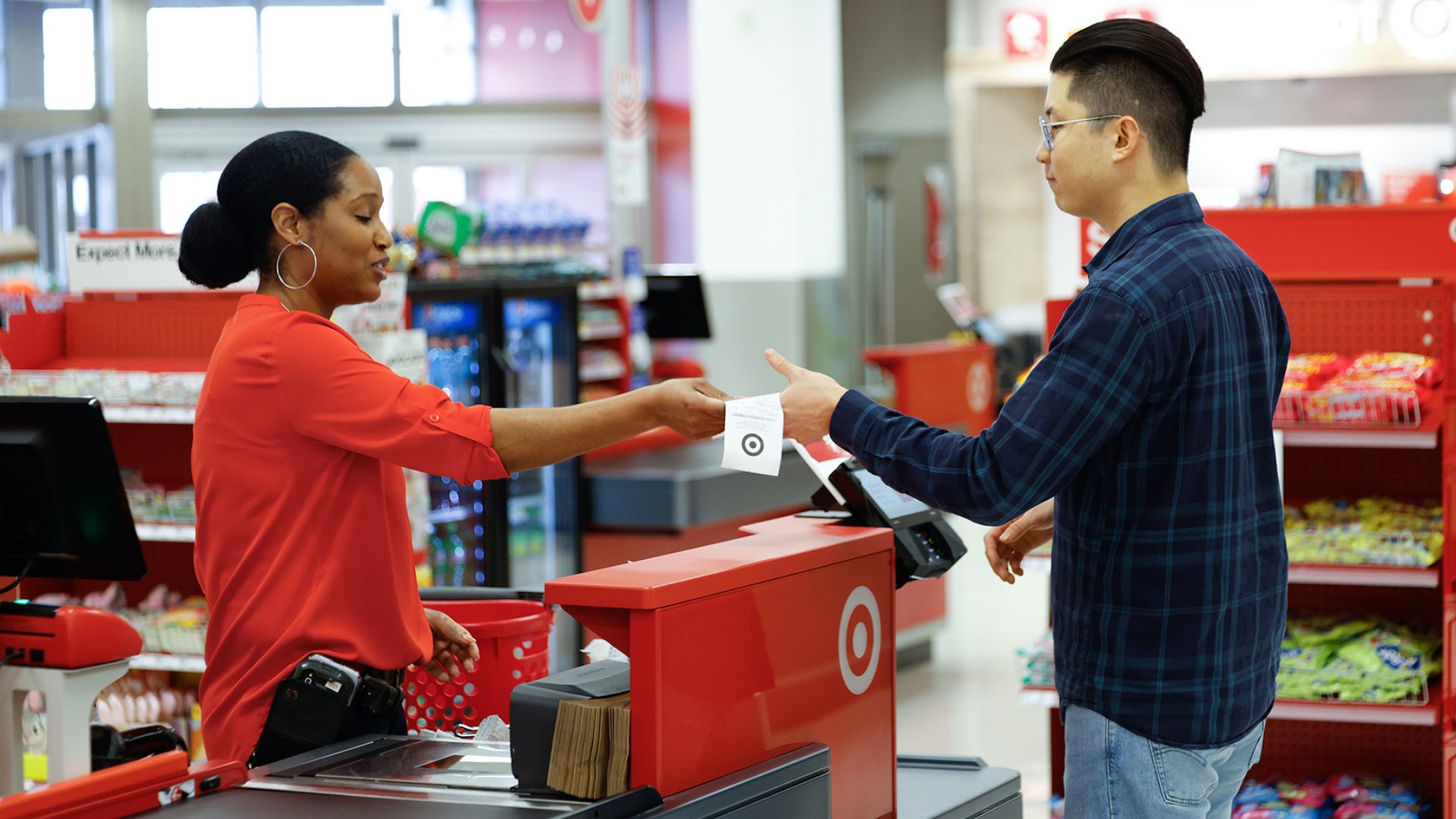After not being able to attend The NGA Show over the past few years, I was pleasantly surprised by the growth in attendance and the depth of learning opportunities available at this year’s show recently, at the Caesars Forum Convention Center in Las Vegas. Among the event’s array of topics, the use of advanced technology by independent grocers in the areas of understanding and improving shopper experience, leveraging in-store retail media, and using AI to improve business processes stood out.
After all, shopper experience in the physical store is often what truly differentiates the independent grocer from brick-and-mortar chain stores and online e-commerce competitors like Amazon. The right mix of products, priced right, offered in the right place, and services delivered by welcoming staff in a pleasant environment are essential to building sales and customer loyalty.
So, the question we often ask ourselves as grocers is: “How do my customers shop my store, what do they ultimately buy from me and why, and how can we make the experience better?”
Pleasant, informative shopping trips can be longer and result in more buying. Hosting, helping and informing the shopper, not making them work to find things – and not overwhelming them with technology – tends to make for happier, loyal customers that buy more. Providing timely, personalized, yet non-privacy-invasive information to shoppers has long been the objective of shopper marketers.
Logic would indicate that attractive, digital displays of information relevant to the shopper – at the right place and the right time – can improve the experience, and result in larger transaction basket sizes.
In Las Vegas, the VusionGroup highlighted new innovations in technology that can improve both the shopper experience and the bottom line. An example is real-time shopper traffic intelligence described by Michael Wang, CEO of SIRL. Here’s how it works:
Small, inexpensive, durable tracking tags are attached to each shopping cart and hand basket. These are tracked throughout their use by shoppers from the beginning of the trip through checkout by inexpensive “satellites” attached above the sales floor, near existing lighting to capture the energy needed to run the system, eliminating the need for wiring – similar to solar-powered satellites.
When each customer’s cart/basket reaches a checkout lane or terminal, the path through the store and the products/brands purchased are matched and recorded for use in AI that interprets and classifies shopper behavior. These behavior patterns are then used in real-time from the beginning of each trip to predict where shoppers are headed next from any location in the store, based upon where they’ve been and how much time they spent there.
This information is used to inform nearby digital displays nearly instantly about where the shopper may be headed next, to enable the display of timely, relevant information including product and service recommendations as well as available purchase incentives (coupons and other promotions). All the while tracking the exposure of the shopper to the message and ultimately tying that back to related purchases at checkout.
Attractive, strategically placed digital displays are a critical part of this process because they deliver messages to shoppers. Deciding the best location for them is aided by the shopper path tracking, captured – non-invasively – by shopping carts and baskets.
The benefits of this approach are numerous, including knowing where and when shoppers spend time in the store and what they buy each visit. From this invaluable information, changes in layout, merchandising, and operations can be made by grocers and In-store Media Networks. And, as a result, revenue opportunities can expand on store floors – where more than 80% of sales occur.
Editor’s note: Vaughn Roller serves as the Chief Business Officer of SIRL. SIRL (Search In Real Life), is a Location-as-a-Service platform that can track asset locations and deliver timely insights.
The Food Institute Podcast
How are foodservice consumers contending with persistent inflation? Are they eating more at home, for example, or continuing to treat themselves at their favorite restaurants? The latest episode of The Food Institute Podcast examines that topic with Krystle Mobayeni of BentoBox, who dissected rapidly evolving consumer dining dynamics.











